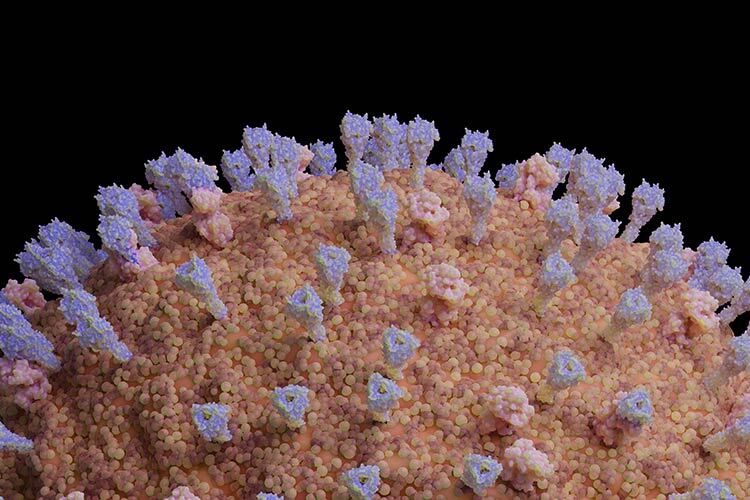In late December, China reported a spike in human metapneumovirus (HMPV) cases. Raúl Rivas González, a professor at the University of Salamanca and a member of the Spanish Society of Microbiology, provides a detailed explanation of when the virus was first identified, its symptoms, and the populations most at risk:
***
The Current Situation of Metapneumovirus
According to data from China’s Center for Disease Control and Prevention, acute respiratory infectious diseases are on the rise in the country. Among them, human metapneumovirus cases in individuals under 14 years old are trending upward, particularly in northern provinces.
But is human metapneumovirus a new virus? How contagious is it? Should we be worried about this trend spreading globally?
Even if you’ve never heard of this virus, chances are you’ve been infected by it at some point. Human metapneumovirus belongs to the same family as respiratory syncytial virus (RSV), which is the leading cause of lower respiratory tract infections in infants and young children worldwide.
HMPV was first described and isolated in the Netherlands in 2001 from individuals with acute respiratory infections. However, retrospective studies suggest that the pathogen has been circulating in humans for at least 50 years. Genetic analyses indicate that its closest known relative is avian metapneumovirus, a virus that infects birds. This suggests HMPV is yet another example of zoonosis—a pathogen that jumped from animals to humans, much like COVID-19.
Who Is Most Affected?
Human metapneumovirus is a leading cause of upper and lower respiratory tract infections in people of all ages. However, it is particularly concerning for young children, the elderly, immunocompromised individuals, and those with underlying conditions such as asthma or chronic obstructive pulmonary disease (COPD).
Globally, HMPV is detected in approximately 3% to 10% of hospitalizations of children under five with acute lower respiratory tract infections. In fact, estimates suggest that 90% of children worldwide have been infected with HMPV at least once before the age of five.
Symptoms of HMPV
Common symptoms of HMPV include cough, fever, nasal congestion, and difficulty breathing. In some cases, the infection can progress to bronchiolitis, pneumonia, or exacerbate asthma symptoms.
While HMPV typically causes mild symptoms in healthy adults, it can be life-threatening for at-risk groups. The virus has been identified on every continent and follows a seasonal pattern. In the Northern Hemisphere, infections usually begin in late winter (January) and peak in March, while in the Southern Hemisphere, cases are most common in June and July.
Unfortunately, HMPV often occurs alongside other respiratory viruses, such as RSV, SARS-CoV-2, and influenza.
How Is It Transmitted?
Humans are the natural reservoir for this pathogen. Transmission usually occurs through respiratory secretions (droplets from coughing or sneezing), direct personal contact, or touching contaminated surfaces or objects and then touching your mouth, nose, or eyes without washing your hands.
No Vaccines or Specific Treatments—Yet
Currently, no vaccines or antiviral drugs are available to treat HMPV. However, this could change soon, as experimental mRNA-based vaccines are undergoing clinical trials. There are also promising developments using artificial intelligence-guided vaccine engineering.
For now, prevention is our best weapon. This includes avoiding contact with sick individuals and adopting good hygiene practices, such as regular handwashing with soap and water, cleaning surfaces, and using disposable tissues to cover your mouth and nose when coughing or sneezing.
The British government’s recent campaign slogan, “Catch it, bin it, kill it,” is a useful reminder of how proper tissue use can help reduce the spread of respiratory illnesses. As the saying goes, an ounce of prevention is worth a pound of cure. (The Conversation)
















